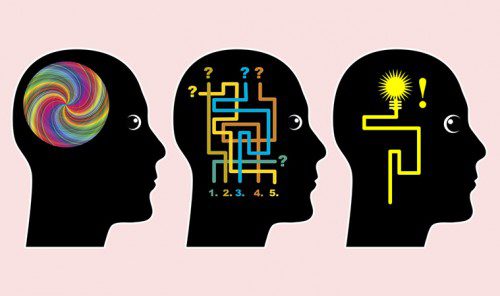How and Why Teachers Should Adapt to Individual Learning Styles
The other day I wanted to learn how to make a really tasty boeuf bourguignon. The way I went about it was to find a variety of resources that could help me. I found a great recipe, read through the instructions, watched videos on each step and then followed the instructions to the letter. I needed the visual, the tactile and the clear instructions, because that’s how I learn the best.
We all have our own preferred learning approach and we all try and work within our abilities to pick up information in the most efficient way. This certainly rings true for students. Each will engage with material in his or her favourite way. The problem arises when you need to engage a class of 10-20 students who each have their own preferred learning style. Differentiating instruction is therefore necessary in order to actively engage all students.
The Learner Relationship
Differentiating instruction can mean many things and there are many ways to go about it. John McCarthy, a teacher and education consultant, simplifies what it means by breaking down the relationship between teachers and students.

In the illustration above, McCarthy shows the relationship between the teacher and the student. The left side outlines the teacher’s responsibility, which is to connect content, process and product for the students. By doing that effectively, a teacher can simplify and organize the learning process for students. Students, in return, learn based on their readiness, interests and learning profile.
The goal is to prepare instruction well enough to match the individual level of each student. The better the teacher is able to do that, the easier it will be for students to learn. Differentiating instruction for a teacher therefore involves how students access the content, how they make sense of it and how they are being tested. By having it broken down like this, we can easily identify how differentiating instruction can be achieved.
Differentiating instruction in the classroom
The first part to tackle is the content. Content has traditionally been obtained by simply reading textbooks and listening to lectures. But with the rise of technology, teachers can now deliver content in a number of ways, from videos to graphic elements and animations; all at the touch of a button. Teachers can easily set videos for students to watch to demonstrate concepts that are difficult to explain in a traditional classroom setting or with a textbook. This is ideal for students who prefer demonstrations to help them understand rather than reading.
Differentiating the process involves techniques used to let students reflect and digest the content that they’ve just gone through. Group discussions and worksheets are examples of that, but it can be taken one step further with the help of technology to design interactive learning experiences. Letting students do simulations or actively plot a graph or structure with automatic correction and feedback not only eases teachers’ workload , it also helps students process information in a different way in order to fully consolidate the information.
Lastly, we have differentiating of the product. Students should be tested in various ways to fully ensure that each and every one is able to grasp the subject. It is only after they are able to grasp the subject that we can start honing their skills for the exams. If they don’t have the knowledge, their exam skills won’t matter.
It shouldn’t be a draining activity
Having read through this post, you might be thinking that you already do a lot of these things. That’s because differentiating instruction for students does not have to be difficult and should not require you to devote extra hours for planning. On top of that, if you leverage the right tools and techniques they can not only save you time, such as in the case of having resources that automatically correct and feedback answers to students, but will ultimately help guide students to success.

